I recently had a client express frustration over their annual planning session, saying it’s losing energy because they follow the same agenda every year. I realized that as I see clients go through their EOS journey, helping them define what an excellent annual looks like is part of what we do as implementers. My mind also goes to the thousands of self-implementing companies that might miss this part of the journey.
With these things in mind, here are my three tips for building and maintaining the energy in your annual. I call them my Three P’s of Annual Planning:
Place
What’s the ideal setting for annual planning? The answer is, “It depends.” I’ve had clients fly to Arizona, book rural homes, visit a city or just stay at home. The key is to find a place that allows the team to disconnect and relax. Have fun activities readily available, whether this looks like entertainment with gourmet drinks or woods to hike through. Here are three tips to help you define the right PLACE:
- Commit to going to a different place than where you do quarterlies and plan at least one night away.
- Identify what activities you enjoy doing together—grabbing drinks, spending time outdoors, cooking, listening to live music, competing, golfing or something else—and find a place that makes it easy.
- Connect with a person on your direct or support team with strong organization skills to help follow through on the details.
Prepare
One of my first clients challenged me to help them prepare for their third annual more thoroughly. My response was to make the video above, and I still use it today.
I push teams of 2+ years to spend more time digging through the data and reaching out to customers (internal or external) to gather feedback. Here are the key things I recommend making time for in the quarter before your annual:
- Dig into the data/processes your work centers around to see what it says:
- What’s working? What’s not?
- What do those answers tell you about effectiveness/efficiency?
- What do they tell you about your ability to scale with the business?
- Reach out to your customers (internal and external) to learn how their work is going and how you’re doing through their eyes. Some questions to get you started:
- What have been your biggest successes/frustrations in the past year?
- How have we made your work easier/harder?
- What are your key priorities in the coming year?
- What challenges do you need help solving?
- What’s one thing we could do to increase the value we provide to you?
- Get your next-level managers involved. One of my original clients told me they added a third day to their annual where leadership gathered all next-level leaders to spend a day doing SWOT, goal-setting and trust-building. It worked, helping build and engage the managers. Plus, leadership still had time to focus on Team Health and Visioning for the business.
Presence
Presence is the ability of each leader to unplug and stay focused on big thinking. I don’t take peoples’ phones or restrict computer access, but I do lay on some serious guilt for planning other meetings during our annual. This planning time is critical to company success, and being present is crucial to make the most of the experience.
On a few occasions, I’ve had clients demonstrate to everyone that they don’t GWC their leadership seat because they always have “something else to do.” If this sounds like you, perhaps take a second to reevaluate what you can do differently as a leader to be more present. And if you aren’t willing to take that step, I’d recommend reflecting on if your seat is really the right one for you.
The first two P’s help a leader’s capacity to stay focused on the moment, but we can take it a step further. Here are a few tips to make staying present easier:
- Before you leave, set clear guidelines with your team for contacting you. Communicate what issues you want to hear about, what decisions they can handle independently, and explain how to reach out if necessary (email/text/call).
- Email customers/others who tend to contact you daily and connect them to the person managing communications while you’re away.
- Set an automatic email response communicating you’re out of office, to call if it’s critical and what your response time will be.
- Turn off your biggest distraction (phone, watch, computer) and set specific times when you’ll look (ex: noon for 10 min, after 5 for 10 min, and an hour before bed).
Create Excitement
Great annuals are less about refreshing every year (although occasional change is helpful!) and more about developing a repeatable rhythm that works for you and your team so they have something to look forward to. I know teams have achieved this because they start talking about their annual months before it happens! I’ve learned excitement for an annual is a strong indicator of team health.
As you move forward, keep the Three P’s in mind to help you create an effective and fun experience. For anyone looking for a little more annual planning guidance, feel free to shoot me an email.



